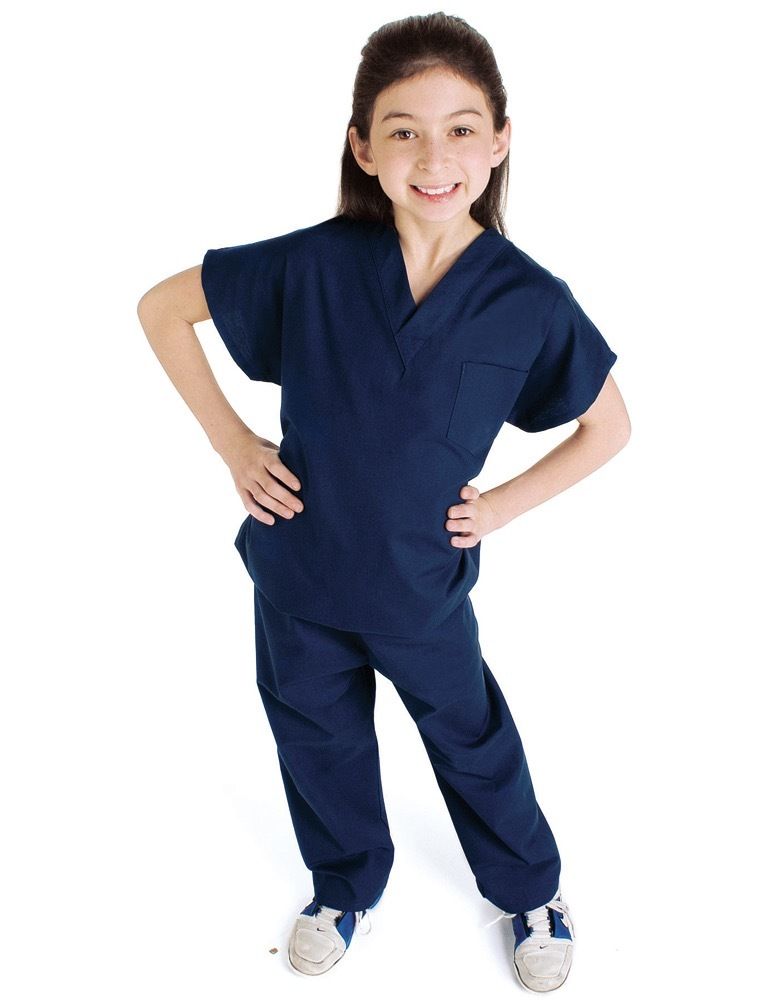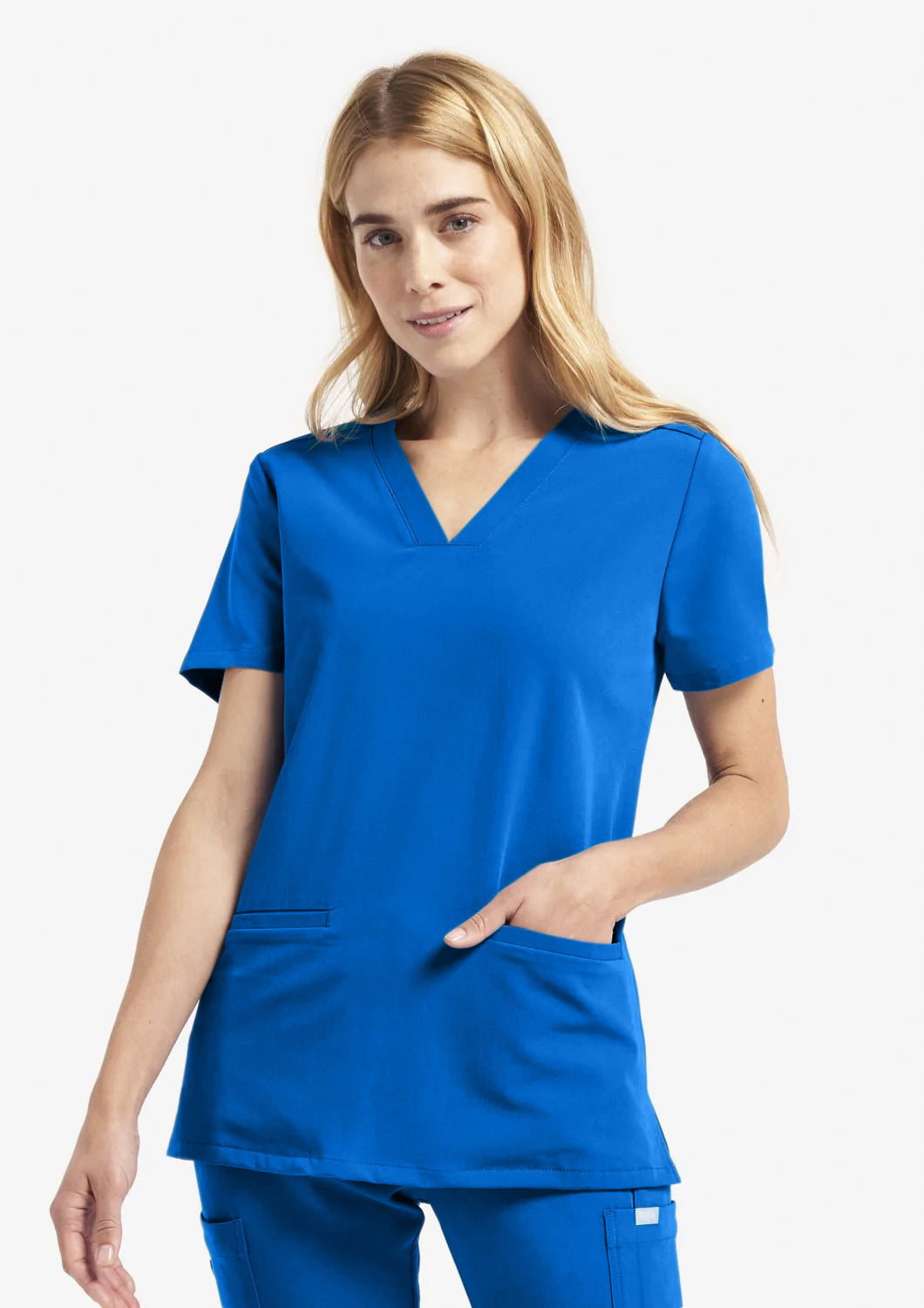Discover the Significance of Scrubs in the Clinical Profession
In the clinical occupation, scrubs serve a complex purpose that extends past plain clothing. Scrubs contribute substantially to team identification and can affect person perceptions.
Background of Medical Scrubs
How did medical scrubs become a staple in health care settings? The advancement of clinical clothing can be mapped back to the very early 20th century when health care experts mostly put on white coats and attires.
In the 1960s, the introduction of scrubs marked a substantial shift in clinical clothes. Originally, scrubs were made for usage in the operating room, supplying a practical and clean and sterile atmosphere for doctors and their teams. Made from lightweight and resilient materials, these garments enabled ease of activity and were simpler to tidy than conventional uniforms.

Health and Infection Control
Recognizing the important duty of hygiene and infection control in healthcare, medical scrubs have become vital in minimizing the threat of contamination. Scrubs function as a barrier in between healthcare specialists and prospective pathogens, ensuring that pollutants do not move in between service providers and patients. The layout and materials utilized in scrubs are specifically chosen for their capacity to hold up against repetitive laundering at high temperature levels, which is vital for reliable sanitation.
In enhancement, using standardized shades and designs in scrubs assists to identify clinical workers quickly, permitting for reliable response in emergency situation scenarios. This uniformity not just improves expertise but also reinforces a society of hygiene and security within health care settings.
Convenience and Functionality
The comfort and performance of medical scrubs are critical in supporting healthcare experts throughout their requiring changes. These garments are especially designed to boost wheelchair and provide simplicity of motion, allowing healthcare workers to carry out numerous jobs effectively. The textile utilized in scrubs is breathable and commonly lightweight, which helps manage body temperature and decrease discomfort in high-stress atmospheres.
Furthermore, the style of scrubs typically incorporates attributes that improve their practicality. Pockets are tactically placed for simple access to crucial tools and equipment, allowing fast responses throughout patient treatment. The fit of scrubs is also essential; they must enable a full variety of activity without being excessively loosened to avoid getting on devices.
In addition, medical scrubs are often made from materials that are both long lasting and simple to clean, sustaining the high needs of the health care setup. This longevity ensures that scrubs hold up against the rigors of frequent washing while keeping their look and capability. Inevitably, the best combination of convenience and performance in scrubs not only help healthcare professionals in their daily jobs yet also adds to general task satisfaction and health.
Expertise and Group Identification
Cultivating professionalism and trust and group identification within the medical profession is significantly influenced by the option of scrubs worn by healthcare employees. Scrubs serve as an attire that not only ensures a degree of standardization however likewise promotes a sense of belonging among clinical groups. When all members of a medical care system put on collaborated scrubs, it produces a visual depiction of unity, which is crucial in high-pressure environments.
Furthermore, the layout and shade of scrubs can show the worths and ethos of a health care institution, reinforcing its objective and professionalism. Hospitals that embrace particular colors or branding in their scrubs signal to individuals and employees alike the severity of their dedication to top quality care.
Furthermore, using scrubs can reduce hierarchical differences within the clinical team, fostering a collaborative ambience. This uniformity allows healthcare specialists to concentrate on teamwork and individual care rather than individual clothes. Inevitably, the thoughtful selection of scrubs can improve professionalism, advertise team identification, and contribute to a natural workplace, every one of which are vital for providing optimum person outcomes in the clinical field.
Scrubs in Person Assumption
While scrubs are primarily made for performance and hygiene in medical settings, they additionally play a crucial function fit client perception of health care experts. The visual impact of scrubs can dramatically influence how patients see their caregivers, promoting a feeling of depend on and confidence. The uniformity of scrubs adds to a professional picture, developing a setting where clients feel they remain in qualified hands.
Clients typically associate scrubs with knowledge and authority, translating their existence as an indicator of professionalism and reliability and readiness - Scrubs On Sale. This assumption can relieve anxiety, helping individuals really feel much more comfortable and safe and secure throughout medical experiences. The choice of shade and design can further boost this picture; for instance, softer shades might stimulate calmness, while brighter colors could recommend approachability.

Final Thought
In verdict, the value of scrubs in the medical occupation extends beyond mere outfit. Eventually, scrubs embody the values of security, professionalism and trust, and efficiency, adding to an efficient healthcare setting that prioritizes both personnel and client wellness.
Identifying the important function of hygiene and infection control in healthcare, medical scrubs have ended up being important in lessening the threat of contamination.The convenience and functionality of medical scrubs are extremely important in supporting medical care specialists during their requiring changes (Scrubs South Africa).Cultivating professionalism and team identification within the clinical profession is substantially influenced by the selection of scrubs used by medical care employees.While scrubs are mainly created for capability and hygiene in clinical settings, they additionally play an important role in shaping individual assumption of health care experts.Furthermore, scrubs serve as an aesthetic sign that identifies health care carriers from other employees in a clinical facility, reinforcing the roles of those included in person care